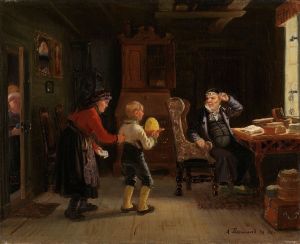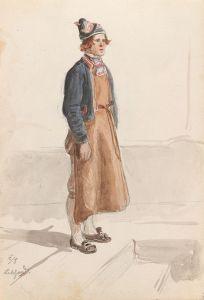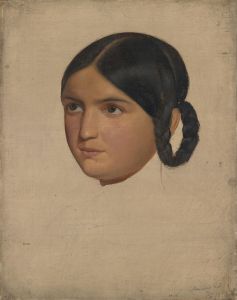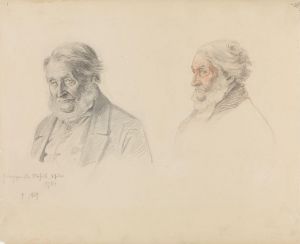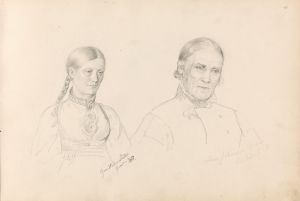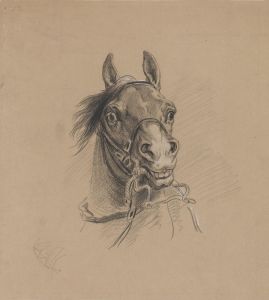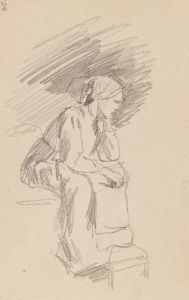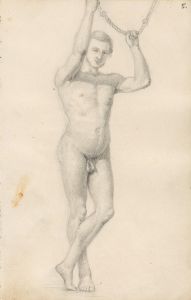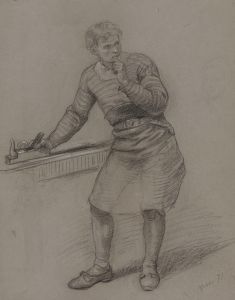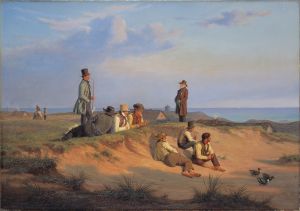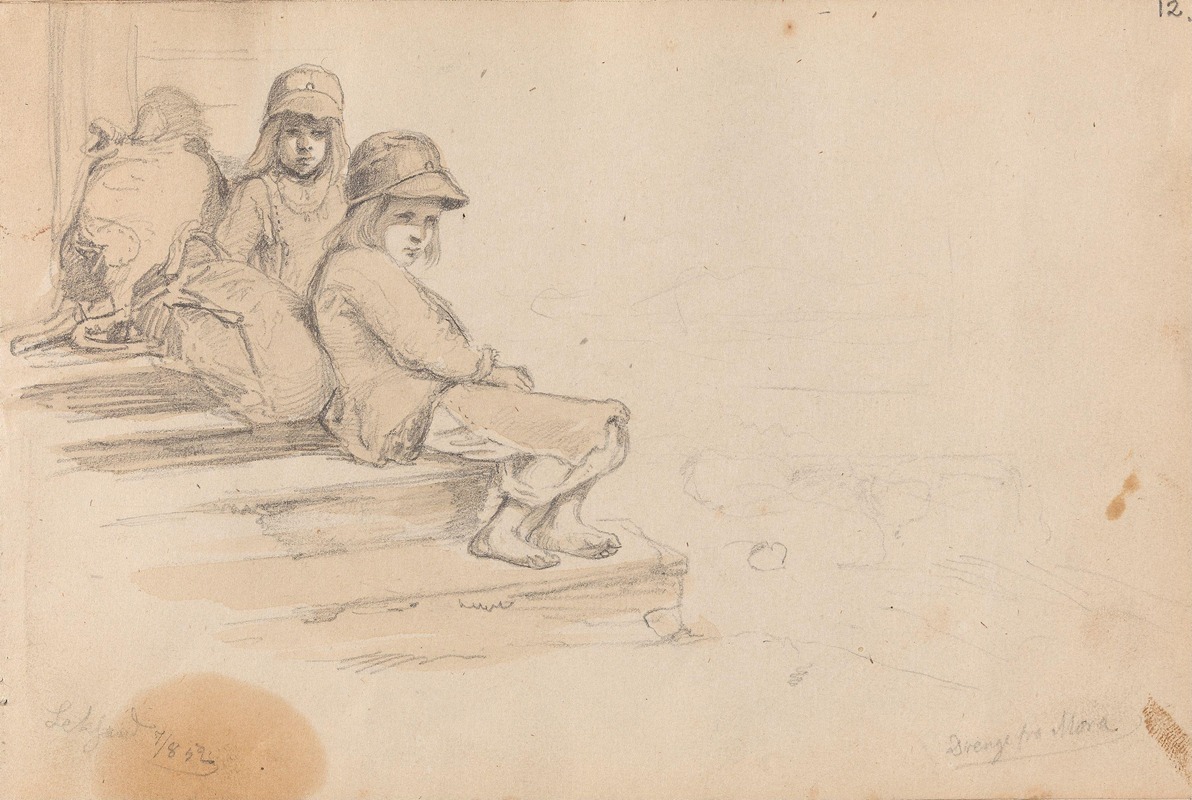
Gutter fra Mora, Leksand
A hand-painted replica of Adolph Tidemand’s masterpiece Gutter fra Mora, Leksand, meticulously crafted by professional artists to capture the true essence of the original. Each piece is created with museum-quality canvas and rare mineral pigments, carefully painted by experienced artists with delicate brushstrokes and rich, layered colors to perfectly recreate the texture of the original artwork. Unlike machine-printed reproductions, this hand-painted version brings the painting to life, infused with the artist’s emotions and skill in every stroke. Whether for personal collection or home decoration, it instantly elevates the artistic atmosphere of any space.
Adolph Tidemand was a prominent Norwegian painter known for his depictions of Norwegian folk life and traditions during the 19th century. Among his works is the painting "Gutter fra Mora, Leksand" (translated as "Boys from Mora, Leksand"). This artwork reflects Tidemand's interest in capturing the everyday lives and cultural practices of rural communities in Scandinavia.
The painting portrays boys from the Mora and Leksand regions, areas located in Dalarna County, Sweden. These regions are known for their rich cultural heritage and traditional costumes, which Tidemand often sought to document in his art. The boys in the painting are depicted in traditional attire, emphasizing the artist's focus on preserving and celebrating the distinct cultural identity of the Scandinavian people.
Adolph Tidemand created this work during a period when Romanticism was a dominant artistic movement in Europe. Romanticism often emphasized national identity, folklore, and the beauty of rural life, themes that are evident in Tidemand's oeuvre. His works, including "Gutter fra Mora, Leksand," were instrumental in fostering a sense of national pride and cultural awareness in Norway and beyond.
While specific details about the creation date or the current location of "Gutter fra Mora, Leksand" are not readily available, the painting is consistent with Tidemand's broader artistic goals. He frequently traveled across Scandinavia, sketching and painting scenes of rural life, which he later developed into finished works in his studio. His art often served as a visual record of traditions that were at risk of disappearing due to modernization and industrialization.
Adolph Tidemand's contributions to art and cultural history remain significant. His works are celebrated for their technical skill and their role in documenting the cultural heritage of Scandinavia. "Gutter fra Mora, Leksand" is a testament to his dedication to portraying the lives and traditions of ordinary people with dignity and respect.





